"Dune: Part Two" gave me a considerable shock. The film masterfully balances epic scenes with great attention to detail. The expansive, captivating Dune world portrayed lingered on my mind long after I left the theater. Director Denis Villeneuve is like an eagle: with his discerning eyes, broad vision, and acute precision, he skilfully manages the audio-visual language in the film.
Eye-Opening Scenery
Overall, watching "Dune: Part Two" was an incredible experience, surpassing that of the first installment. For a long while after stepping out of the movie theater, I struggled to comment on it or describe it to my friends. All I could do was tell them that the ticket was worth the money.
From a macroscopic perspective, "Dune: Part Two" is a majestic epic. In the film, the desert is as vast as the ocean. Not only that, in terms of audio-visual language expression, its director, Denis Villeneuve, truly achieved the original author's description of sand dunes.
"Sand dunes are like waves in a large body of water; they just are slower."
— Frank Herbert’s interview with Willis E. McNelly (1969)

(Sand dunes in Dune: Part Two)
Such scenery is breathtaking and immersive. For quite a long time, I found myself rooted to my seat, likely because I was so engrossed that I forgot I was in a movie theater. As a regular cinema-goer who visits the theater almost once a week, the film deeply resonates with me, as it's been a while since I had such an experience.
"Dune: Part Two" certainly deserves to be described as a "cinematic spectacle." When juxtaposed with "Avatar", one might argue that the latter falls a tad short. This does not suggest that "Avatar" lacks grandeur, but rather that its world is perhaps overly rich. For almost the same running time, "Dune: Part Two," on the other hand, does not bombard the viewers with a multitude of colors, but presents an exceptionally crisp and unified aesthetic. This refined design allows viewers to fully immerse themselves in the experience.
Brainwashing-ish Storytelling...?
I'm not sure whether Villeneuve has read a lot of psychological works (which the original author of Dune did), but I can't help but suspect that this whole Dune series was intended to be a big brainwashing show. It's evident that some psychological implications were plotted in right from "Dune: Part One."
"A process that cannot be understood by stopping it. We must move with the flow of the process. We must join it. We must flow with it."
— Jamis speaking to Paul in his vision of the future in "Dune: Part One" (Jamis appears to be whispering to the audience as it is a P.O.V. shot)
Upon my initial viewing of "Dune: Part One" in 2021, I found the narrative somewhat disjointed. However, in retrospect, it is effectively setting the stage for its sequel. As Villeneuve aptly put it, "Dune: Part One" serves as the "appetizer," while "Dune: Part Two" is "the main course" – it’s a sentiment I now fully agree with.
From the outset in "Dune: Part One," Paul is seen as a candidate for the "Kwisatz Haderach" (Hebrew term for miraculous travel between two distant places in a brief time, according to Wiki) and the messiah. Intriguingly, this notion is not embraced by many, including Paul himself and the audience until the end of "Dune: Part Two," with the exception of his mother..

(Paul raising his blade in front of his followers)
Consequently, Villeneuve didn't hasten to create a savior persona within the two-and-a-half-hour film. Perhaps we've become overly accustomed to such a plot. Whether it's "The Matrix," "Avatar," or "Terminator," all these films attempt to sell the male lead as a savior in a plain and direct way. In contrast, Villeneuve dedicated the entire first film to craft an underdog persona. In essence, he utilized the anti-savior trope to shape a savior.
More than halfway into "Dune: Part Two," Paul himself is still reluctant to acknowledge or accept his role as a savior. It's only when the narrative advances to the point where everyone else has accepted it that he finally embraces his role. This ingenious narrative design reminds me of the "Joker". In a similar manner, its director went the unconventional way of first crafting a protagonist with virtuous qualities, only for this good character to be pushed into a dead end; the character then realizes that playing the villain is both easier and more lauded than maintaining moral integrity.
"A war in my name! Everyone’s shouting my name!"
— Paul exclaims after waking up from a nightmarish vision of the future in "Dune: Part One"
A Milestone of Hollywood Cinema
Essentially, Villeneuve isn't peddling a savior's story, but illustrating the journey to becoming one. This motif is fairly typical in web-fictions where the protagonists are molded around the "Chosen One" theme. The success of "Dune: Part Two" confirms that serialized storytelling is viable. Let’s not forget that it hit theaters almost three years after the first part did.
One may wonder what gave Villeneuve the confidence to make such a bold attempt. The Dune universe brims with a multitude of technological forms, architectural styles, and modes of communication that starkly differ from the real world we live in. It's filled with unique cultural customs and languages that bear little resemblance to those of contemporary urban dwellers. Even though I may not have fully grasped all these elements after watching "Dune: Part One," they add a level of freshness that left me feeling that my ticket price was well spent.
In general, Villeneuve's success in "Dune: Part Two" holds historical significance. It is likely that Hollywood producers are shifting focus to epic IPs. Would the Warhammer 40k series receive a thrilling adaptation similar to "Dune"? Let's anticipate it together!














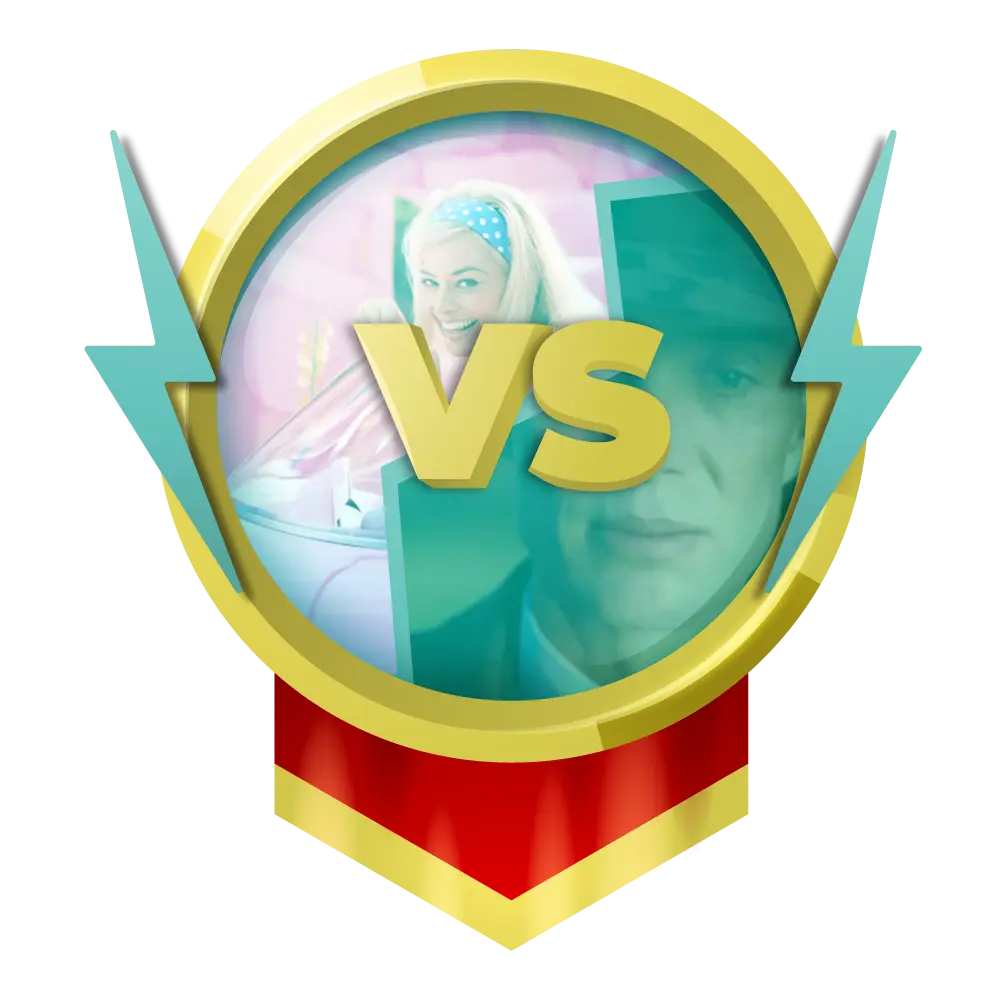
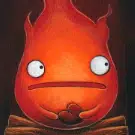







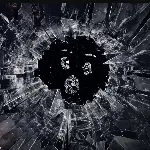




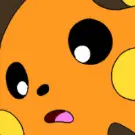







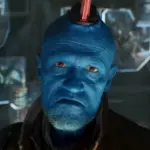



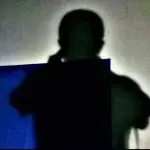






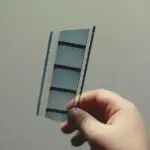



Share your thoughts!
Be the first to start the conversation.